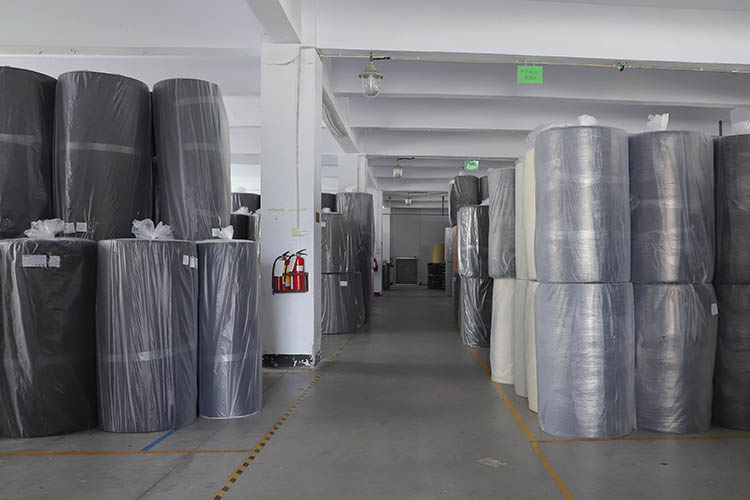The difference between XPE/IXPE foam and PVC foam
What is XPE foam material?
Cross-linked polyethylene foam (XPE foam) is a type of closed-cell foam material that is made from polyethylene. It is created by cross-linking the polymer chains of polyethylene, which results in a foam material with a more durable, closed-cell structure.
What is PVC foam?
PVC foam, English name Polyvinyl Chloride Foam, is a foam material made of PVC (polyvinyl chloride).

———-CYG TEFA offers the best solution for cross linked polyethylene foam production
Which is better, PVC foam or XPE foam?
Cross-linked polyethylene foam (XPE foam) and polyvinyl chloride foam (PVC foam) are both types of closed-cell foam materials used for a variety of applications. However, there are some differences between these two types of foam materials:
Composition: XPE foam is made from polyethylene, while PVC foam is made from polyvinyl chloride. Polyethylene is a type of thermoplastic material, while polyvinyl chloride is a thermoplastic polymer.
Density: XPE foam is generally denser than PVC foam, which makes it more durable and resistant to wear and tear. PVC foam is typically softer and less durable.
Chemical Resistance: XPE foam is resistant to most chemicals, including oils, fuels, and solvents, while PVC foam is less resistant to some chemicals and may break down over time.
Heat Resistance: XPE foam is more resistant to heat than PVC foam, which makes it suitable for use in high-temperature applications.
Water Resistance: XPE foam is resistant to water and moisture, while PVC foam can absorb water over time.
Cost: XPE foam is typically more expensive than PVC foam due to its superior properties and higher production costs.
In terms of applications, XPE foam is often used in construction, automotive, and marine industries for insulation and cushioning purposes. It can also be found in sports equipment, packaging materials, and medical devices. PVC foam is commonly used in the sign and display industry, as well as for cushioning in furniture and upholstery applications.
In terms of processing, XPE foam is typically produced using a chemical cross-linking process that creates a more durable, closed-cell foam structure. PVC foam is produced through a foaming process that introduces gas bubbles into the material to create a foam structure.
Overall, the choice between XPE foam and PVC foam will depend on the specific requirements of the application. XPE foam is generally preferred for high-performance applications that require superior durability, chemical resistance, and heat resistance, while PVC foam is a more affordable option for applications that do not require such high-performance properties.




